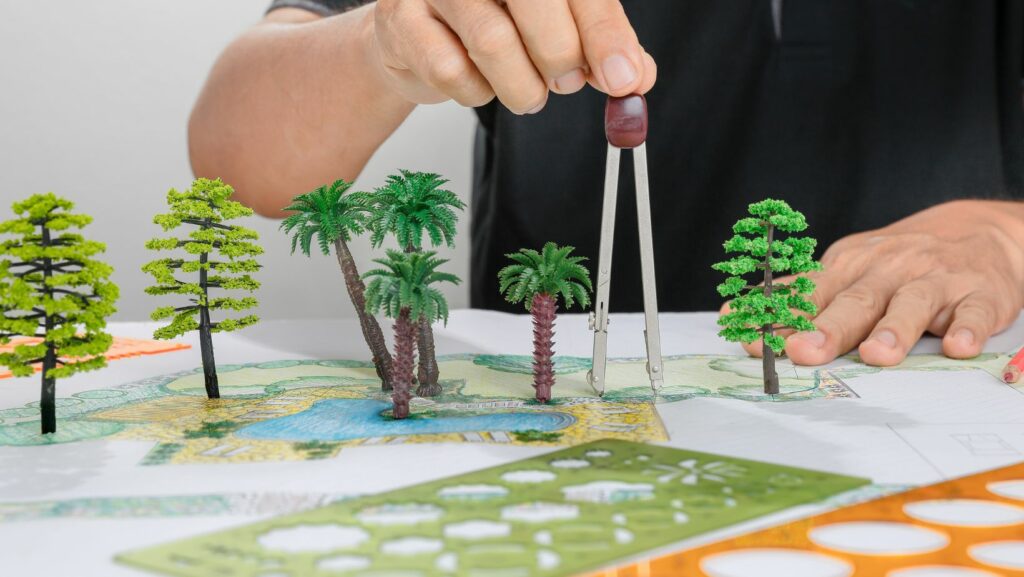In the dynamic world of architecture, the role of design is paramount. It’s the creative pulse that breathes life into the skeletal structure of buildings, blending aesthetics with functionality. This article delves into the fascinating realm of architectural design jobs, a niche filled with innovation, creativity, and technical prowess.
Architectural design jobs aren’t just about drawing blueprints. They’re about envisioning spaces that inspire, accommodate, and enhance human life. Whether it’s designing a cozy home, a state-of-the-art office, or a sprawling public park, each project presents unique challenges and rewards.
Architectural Design Jobs

An architectural designer’s role unfolds as a captivating symphony of creativity, precision, and technical knowledge. By merging imaginative concepts with practical applications, these professionals shape environments that reflect societal values and foster human connections. Varied tasks make up the architectural design job framework, among them analyzing project specifications, crafting detailed blueprints, liaising with clients and building professionals, and ensuring compliance with zoning laws and safety regulations.
Moreover, architectural design jobs offer aspirants diverse career pathways. For instance, some practitioners specialize in interior architecture, transforming indoor premises into aesthetically appealing, functional spaces. Others focus on landscape architecture, melding natural elements with construction to ensure a harmonious outdoor layout.
Unquestionably, architectural designers carry a significant impact on the built environment. They actively sculpt the cityscape, influencing the city’s character and its inhabitants’ experiences. Consequently, professionals in this field bear a simultaneously thrilling and demanding role, given the magnitude of their impact on people’s daily lives.
Education and Training Pathways

Pursuing architectural design jobs involves acquiring relevant education and training. For starters, earning a bachelor’s degree in architecture ranks as the vital kick-off point. This four- to five-year program equips students with fundamental architecture theories, design principles, and practical skills, such as drafting and Computer-Aided Design (CAD).
Beyond the bachelor’s degree, it’s advantageous to opt for a Master’s in Architecture for advanced learning. Engaging in such rigorous studies offers mastery over complex design concepts, research methods, and critical architectural history components.
Lastly, the stint on the training pathways isn’t complete without licensure. Acquiring a license, governed by the National Council of Architectural Registration Boards (NCARB), bolsters professional standing, paving the way for bright career prospects in architectural design jobs.
Impact of Technology on Architectural Design Jobs

Technology significantly enhances architectural design jobs, primarily by streamlining and automating processes. For instance, Computer Aided Design (CAD), a pivotal technological tool, facilitates the creation of detailed, precise blueprints and allows for easy modifications in designs. Furthermore, Building Information Modeling (BIM) articulates a three-dimensional, real-time, dynamic architectural modeling. With BIM, architects gain comprehensive understanding of the project, detect potential design conflicts, and enhance collaboration with clients and construction experts.
In addition to CAD and BIM, Virtual Reality (VR) represents an innovative tech advancement in the field. It enables architects to create immersive design experiences for clients, effectively communicating spatial ideas. With its real-time editing capabilities, VR aids in formulating client-specific solutions, and enhances project visualization.
With its remarkable advancements, technology plays a crucial role in shaping architectural design jobs, transforming traditional methods into digitized, highly-efficient platforms.
Career Progression in Architectural Design
Architectural design jobs are a blend of creativity, precision, and technical knowledge. They’re not just about creating blueprints; they’re about shaping the built environment. With diverse career paths like interior and landscape architecture, there’s a niche for everyone. Education is crucial, typically a bachelor’s degree followed by a Master’s, but it’s the practical experience gained through internships and licensure that truly propels one’s career. And let’s not forget the role of technology. Tools like CAD, BIM, and VR are revolutionizing the field, transforming traditional methods into efficient digital platforms. They’re not just tools; they’re game-changers. So, if you’re considering a career in architectural design, remember it’s a journey of continuous learning and adaptation. It’s a field where creativity meets technology, and the end result is always amazing.

